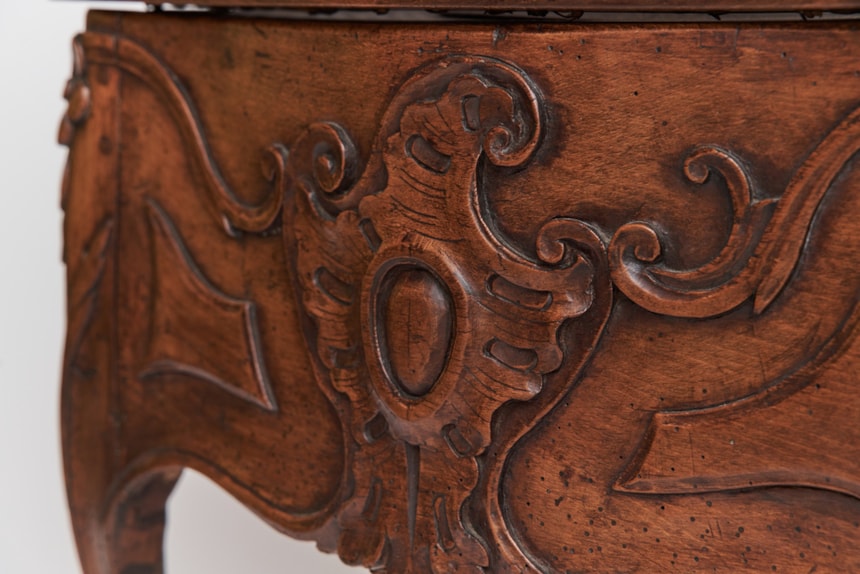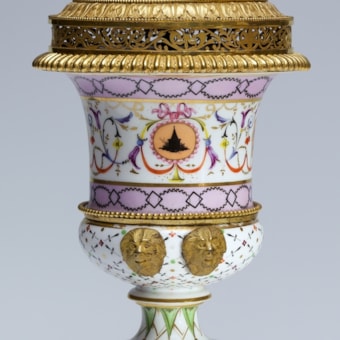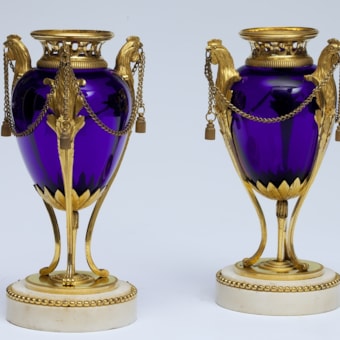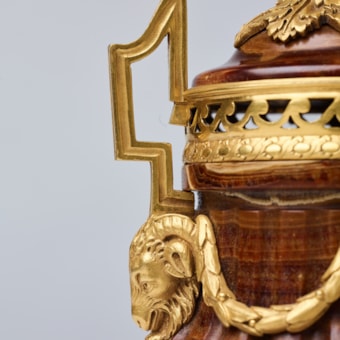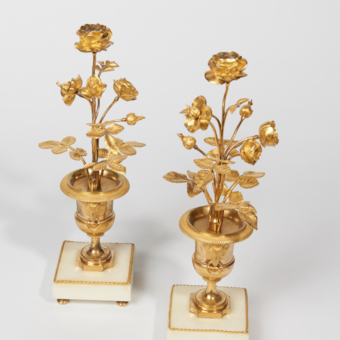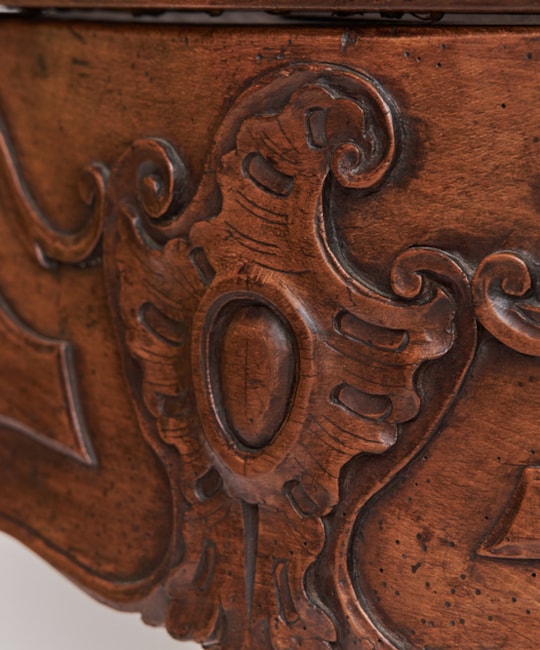Ref: 2539
Chaise de Commodité
Ref: 2539
Chaise de Commodité
Circa 1750
91 x 47 x 42 cm (35⁷/₈ x 18¹/₂ inches)
91 x 47 x 42 cm (35⁷/₈ x 18¹/₂ inches)
Literature:
Catalog for the exhibition museumslandschaft Hessen Kassel,"Kassel...a real masterpiece!", Michael Imhof Verlag GmbH, Petersberg, 2021
John Gloag: "Close stool, close stool chair," in: A Short Dictionary of Furniture. Revised edition, 1969
Stephan Kohl (ed.): "The Quiet Place. Taboo and Cleanliness at Court." Companion volume to the traveling exhibition of the State Palaces and Gardens of Baden-Württemberg. Deutscher Kunstverlag, Berlin, 2011
Exhibition:
Museumslandschaft Hessen Kassel, "Kassel...a real eye-catcher!", May 16, 2021 – September 12, 2021
Description: Walnut with floral motifs and cartouche carvings, flat backrest, arched feet
The commode, also known as a bedside stool and formerly a commode, was used for defecating or urinating within the home until the early 20th century, when toilets were generally still located outside the apartment or even the house. At that time, the commode usually consisted of a closed box or cupboard with an opening at the top. This opening was closed by a hinged lid. The stool contained a tin or earthenware pot that collected feces. Some commodes could also be used as a bedside table.
According to the Oxford English Dictionary, the first mention of the commode dates back to 1410. In the early modern period, the English royal court held the office of the Groom of the Stool, a high-ranking courtier who assisted the king in using the commode and ablutions.[3] Due to the high degree of familiarity with the monarch, the office developed over the centuries into an influential position, whose responsibilities at times also included the administration of royal finances. The office was abolished in 1901.
The commode, also known as a bedside stool and formerly a commode, was used for defecating or urinating within the home until the early 20th century, when toilets were generally still located outside the apartment or even the house. At that time, the commode usually consisted of a closed box or cupboard with an opening at the top. This opening was closed by a hinged lid. The stool contained a tin or earthenware pot that collected feces. Some commodes could also be used as a bedside table.
According to the Oxford English Dictionary, the first mention of the commode dates back to 1410. In the early modern period, the English royal court held the office of the Groom of the Stool, a high-ranking courtier who assisted the king in using the commode and ablutions.[3] Due to the high degree of familiarity with the monarch, the office developed over the centuries into an influential position, whose responsibilities at times also included the administration of royal finances. The office was abolished in 1901.
you may also like

